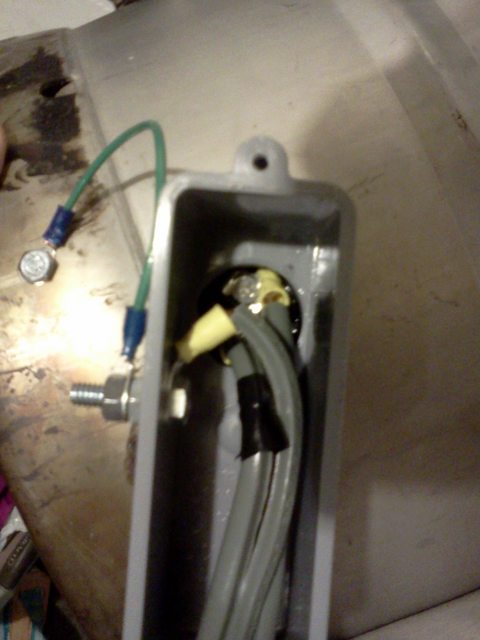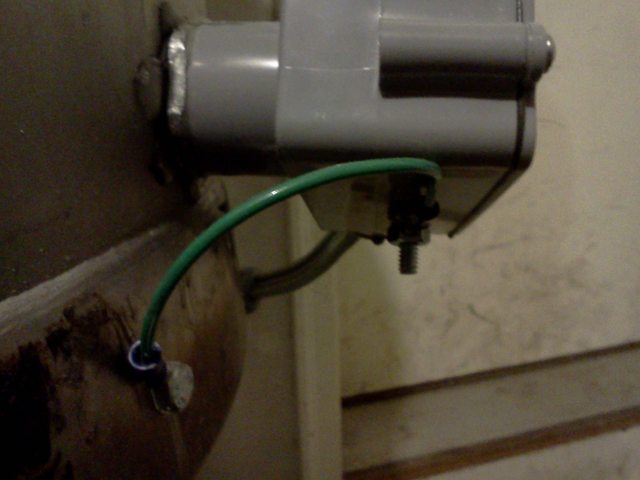GregKelley
Well-Known Member
Looking to go electric. Right now I plan on just using a PWM with a 5500 watt element in the BK.
I have the parts for the PWM circuit. Looking to get the SSR, heat sink and box to put them in. I found SSRs and heat sink at Auberins.com, oscsys.com and lightobject.com. Based on Kal's work, a lot of people use Auberins.com but those prices seemed high compared to the other sites. You get what you pay for sometimes, so I wanted to check and see if people had good or bad experience with the other two sites.
Any suggestions for the control box?
Next, attaching the element. Any good sources for the locknut, washer and o-ring? I saw McMaster-Carr has them but I can't see going through 24 o-rings in my lifetime.
I loved the idea someone had to put a socket in the box the encloses the heating element. That way I don't have to have a big cord hanging off my BK. However, that connection is only 3 prong, how does one deal with ground?
Speaking of which, my dryer connection is 3 prong. I gather that is the 2 hots and the neutral. I do have ground elsewhere in my house, so I'm assuming that if I ran a new line from my main box I could bring the ground from there, right?
Finally, are people building their own cords or are they buying them pre-made?
Thanks for all the help.
I have the parts for the PWM circuit. Looking to get the SSR, heat sink and box to put them in. I found SSRs and heat sink at Auberins.com, oscsys.com and lightobject.com. Based on Kal's work, a lot of people use Auberins.com but those prices seemed high compared to the other sites. You get what you pay for sometimes, so I wanted to check and see if people had good or bad experience with the other two sites.
Any suggestions for the control box?
Next, attaching the element. Any good sources for the locknut, washer and o-ring? I saw McMaster-Carr has them but I can't see going through 24 o-rings in my lifetime.
I loved the idea someone had to put a socket in the box the encloses the heating element. That way I don't have to have a big cord hanging off my BK. However, that connection is only 3 prong, how does one deal with ground?
Speaking of which, my dryer connection is 3 prong. I gather that is the 2 hots and the neutral. I do have ground elsewhere in my house, so I'm assuming that if I ran a new line from my main box I could bring the ground from there, right?
Finally, are people building their own cords or are they buying them pre-made?
Thanks for all the help.






 freudian slip.....it's where you say one thing but mean your mother.
freudian slip.....it's where you say one thing but mean your mother.